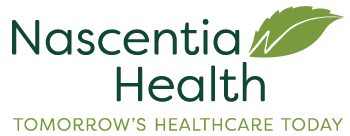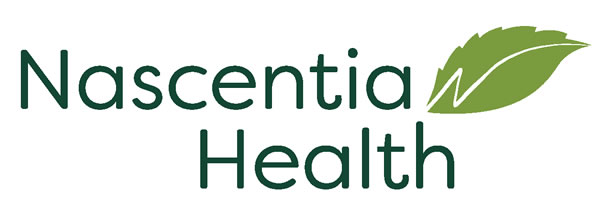Leading Upstate New York’s first in-home vaccine program, Nascentia Health administered 300 doses of the Johnson & Johnson single-dose vaccine to the organization’s home-bound clients between March 10 and 16. Onondaga County Health Department allotted the vaccines to Nascentia as part of a program to bring more vaccine accessibility to the most vulnerable citizens in the area. Nascentia currently has nearly 1,200 patients who receive skilled nursing home care throughout a 6-couunty region, many of whom face barriers to reaching vaccine sites. Nascentia’s Chief Clinical Officer, Andrea Lazarek-LaQuay noted that “if anyone’s traveled to get their vaccine they understand the difficulty of waiting in lines, having to walk long distances, and some of these individuals just don’t have the ability to get there.”
With only a couple days’ notice from the county, Nascentia’s team of nurses and care managers quickly reviewed existing patient records to identify those who had not received a vaccine, but met eligibility requirements, and contacted them to offer the home vaccination option. Caregivers, such as a spouse or aide, were also able to receive the vaccine in the home if they met current NYS eligibility requirements.
In addition to identifying eligible patients, Nascentia had to manage the logistics of actually administering the doses effectively. Each vial contains 5 individual vaccines, and once a dose is drawn from a vial, all of the doses must be drawn and administered within several hours. This required vaccinations to be arranged within a narrow geographic area to ensure that all five doses could be given within the time frame required. Thankfully, the Johnson & Johnson vaccine only requires standard refrigeration, which makes it an excellent fit for a mobile vaccination program.
Onondaga County will be expanding their home vaccination program moving forward and Nascentia is looking forward to partnering with them on this initiative. “This batch of vaccines is a wonderful start toward vaccinating our elderly and disabled patients who are not able to visit mass vaccination sites or local clinics,” said Lazarek-LaQuay. “We are hopeful that additional vaccines will be allocated to us so we can continue to reach out to those underserved by other vaccine options.”

